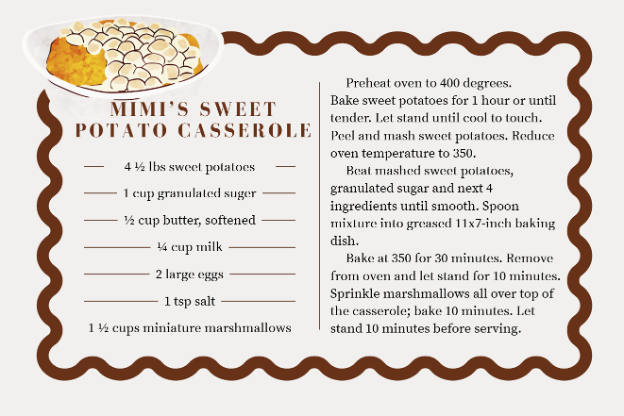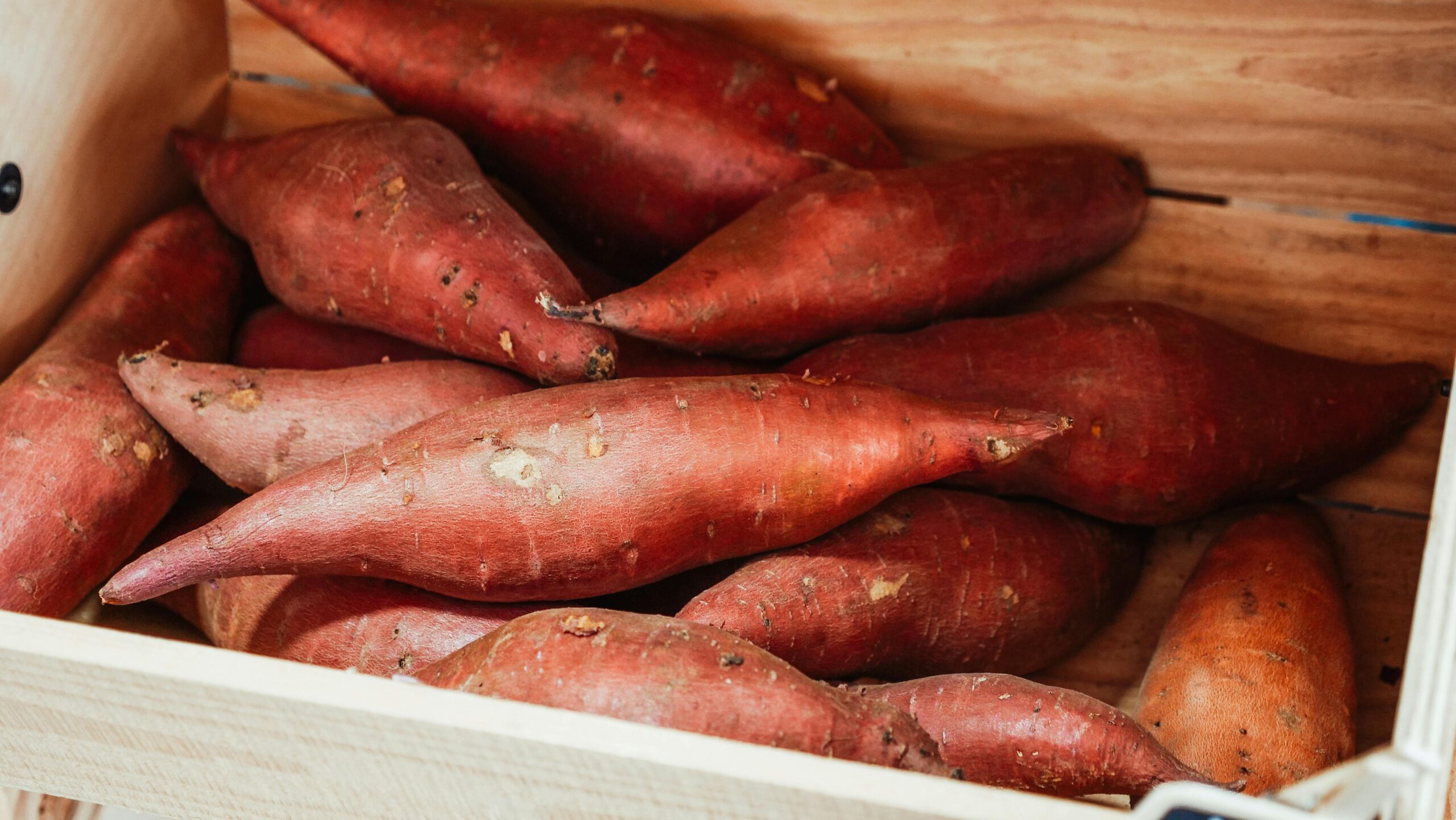Thanksgiving is a time to slow down, gather with the people who matter most, and enjoy the dishes that feel like home. For many Southern families, no holiday table feels complete without one standout ingredient: the sweet potato. Whether baked, mashed, candied, or topped with toasted marshmallows, this humble crop has become a Thanksgiving staple across the country. Each year, the United States (U.S.) plants more than 150,000 acres of sweet potatoes, making it a major commercial crop, especially in states across the South.
Sweet potato production is largely centered in three states: North Carolina, Mississippi, and California. North Carolina is the clear leader, planting 87,000 acres in 2024, which accounted for 58 percent of all U.S. sweet potato acreage (NASS). Mississippi ranked second with 32,000 acres, followed by California with 18,000. Together, North Carolina and Mississippi produced roughly 80 percent of the nation’s planted acres. In Mississippi, production is clustered in the north central region around Vardaman, often celebrated as “The Sweet Potato Capital of the World.” In North Carolina, Wilson, Nash, and Johnston counties anchor the state’s industry.
Louisiana, while still an important producer, has experienced a significant decline over the past decade. In 2011, producers planted 13,000 acres, but by 2024 that number had fallen to just over 5,000 (LSU AgCenter). High production costs, persistent pest pressure from the sugarcane beetle, and an aging grower population have all contributed to this downward trend.
Of all U.S. sweet potatoes produced, about 70 percent are made available for domestic consumption. In recent decades, however, U.S. sweet potatoes have also seen strong growth in export demand. In 2000, exports accounted for only 3 percent of total use, but by 2022 that share had increased to 21 percent. Canada, the United Kingdom, and the Netherlands are the top three destinations for U.S. sweet potatoes. While Canada has steadily increased its imports and remains the largest buyer, most of the export growth since 2000 has come from expanding markets in Europe.
Sweet potato producers face unique marketing challenges compared to traditional row crops. Not every sweet potato is the same, and roots are graded based on size. U.S. No. 1s are considered the premium grade, preferred for the fresh market, and command the highest price. U.S. No. 2s include smaller roots, known as canners, and larger roots, known as jumbos, which are typically used by the processing industry. However, jumbos and canners bring lower prices, and depending on market conditions, canners may not be economical to harvest. This season, Mississippi growers have faced particular challenges with a higher share of smaller roots, resulting in lower overall economic returns.
Sweet potatoes remain a key crop in the Southeast, and producers continue to navigate significant challenges to deliver them to your Thanksgiving table. If you haven’t planned to include sweet potatoes in your meal tomorrow, there is still time. To make it easier, I am happy to share the best way to enjoy sweet potatoes for a Thanksgiving meal. This recipe comes straight from my wife’s Mimi, who grew up in the heart of Mississippi sweet potato country. Her sweet potato casserole has been a family staple for generations, and I hope your family enjoys it just as much as ours does. Happy Thanksgiving!

References
LSU AgCenter. (n.d.). Research station profile: Sweet Potato Research Station. https://www.lsuagcenter.com/portals/our_offices/research_stations/sweetpotato/features/profile
USDA National Agricultural Statistics Service (USDA NASS). (2025). Quick Stats. https://quickstats.nass.usda.gov/
Maples, Will. “Sweet Potatoes: A Southern Crop for Thanksgiving.” Southern Ag Today 5(48.3). November 26, 2025. Permalink

